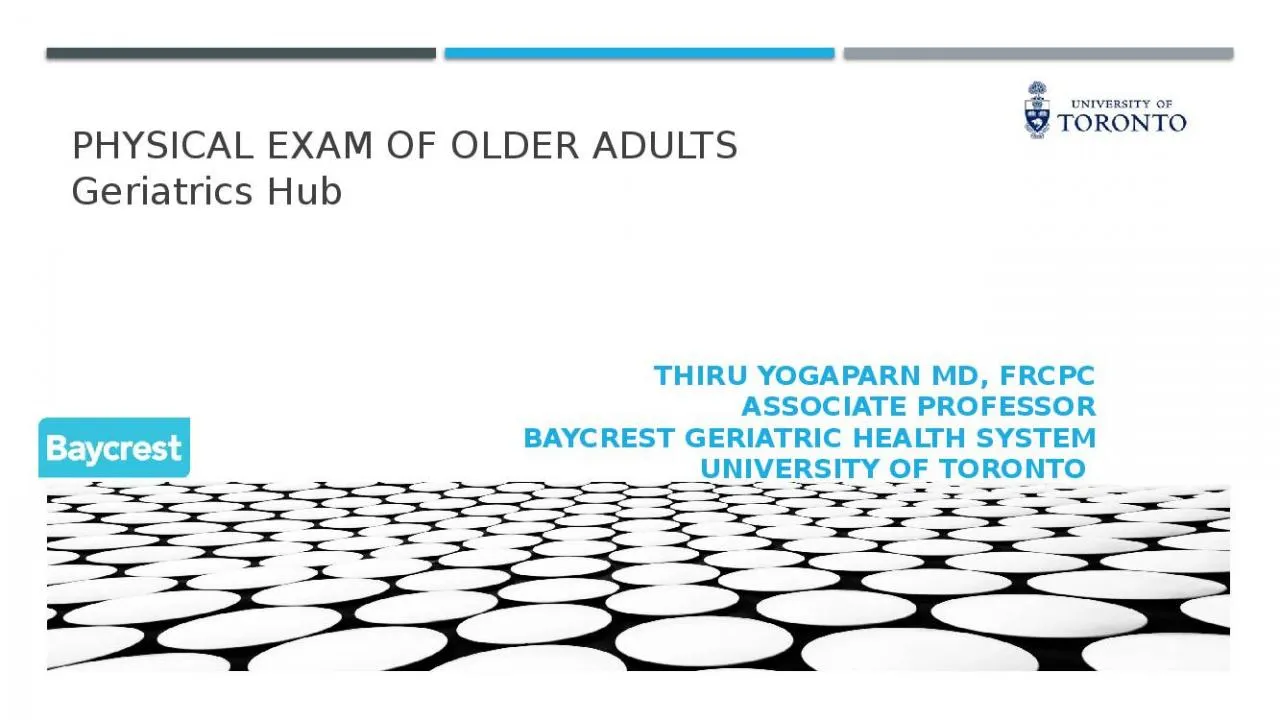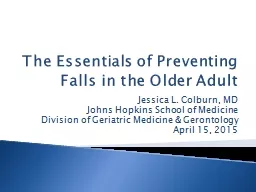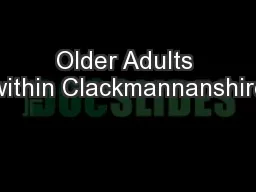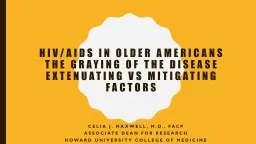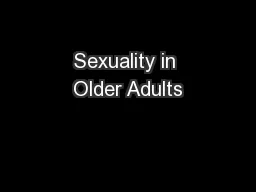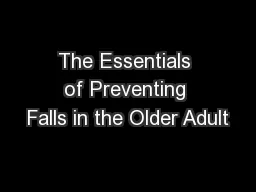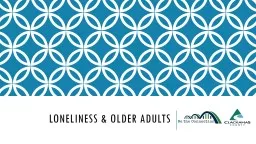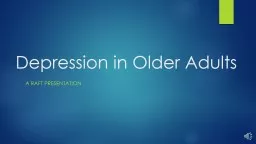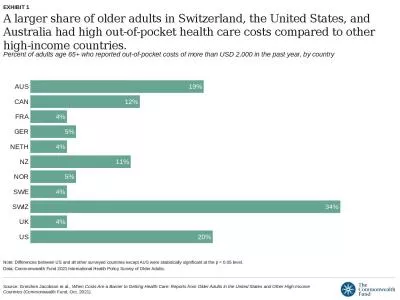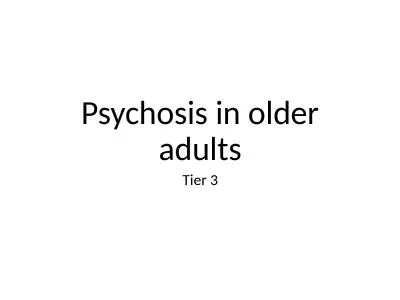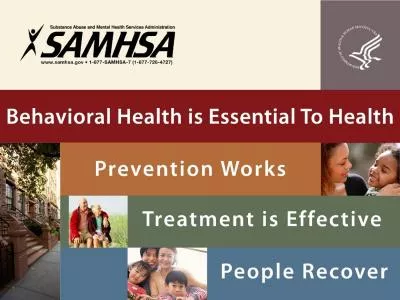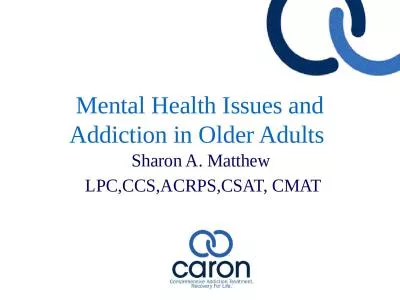PPT-Physical Exam of Older Adults
Author : oryan | Published Date : 2022-02-15
Geriatrics Hub Thiru Yogaparn MD FRCPC Associate professor Baycrest geriatric health system University of Toronto Goals and Objectives At the end of session learner
Presentation Embed Code
Download Presentation
Download Presentation The PPT/PDF document "Physical Exam of Older Adults" is the property of its rightful owner. Permission is granted to download and print the materials on this website for personal, non-commercial use only, and to display it on your personal computer provided you do not modify the materials and that you retain all copyright notices contained in the materials. By downloading content from our website, you accept the terms of this agreement.
Physical Exam of Older Adults: Transcript
Download Rules Of Document
"Physical Exam of Older Adults"The content belongs to its owner. You may download and print it for personal use, without modification, and keep all copyright notices. By downloading, you agree to these terms.
Related Documents

